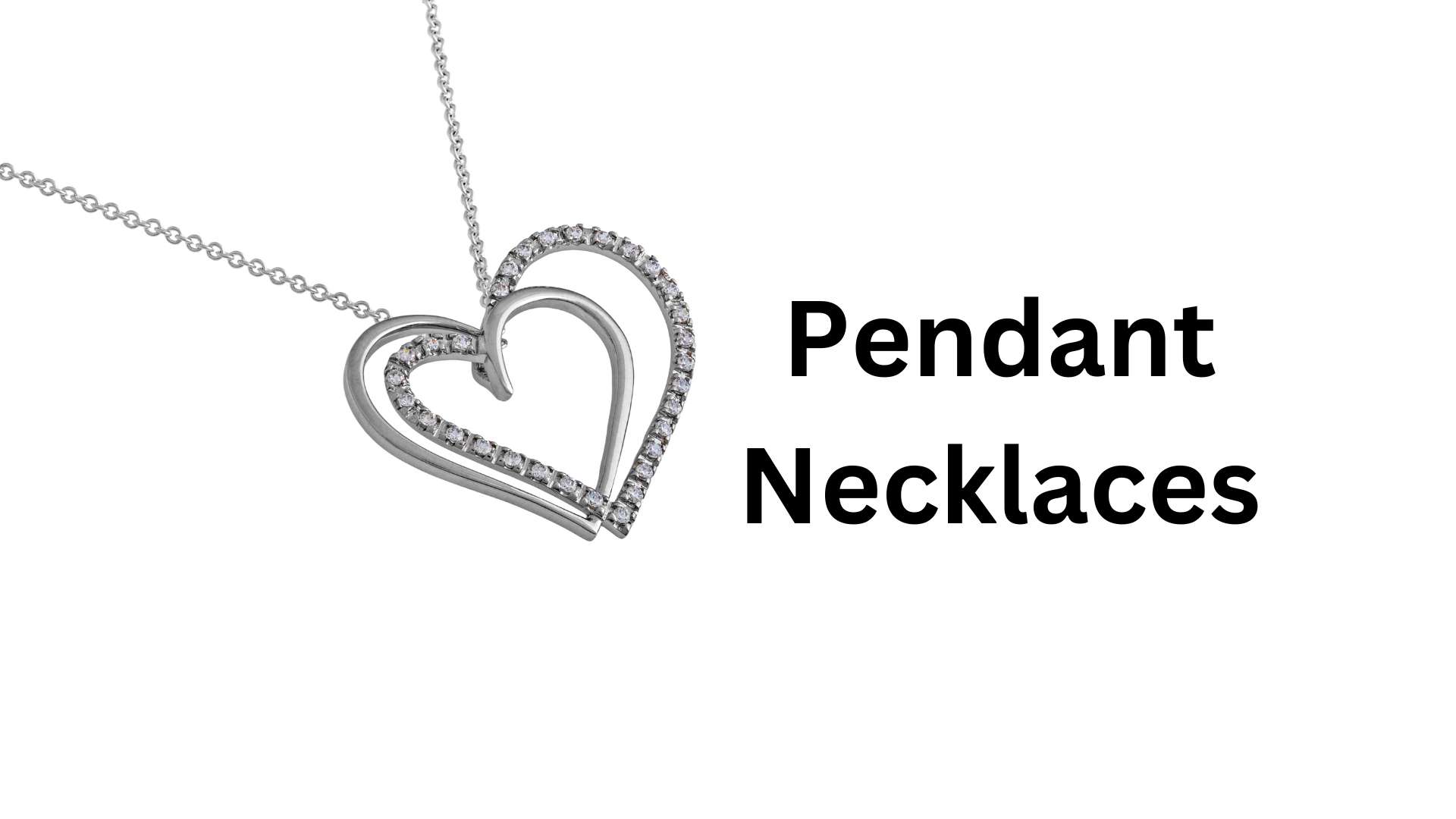In the fast-paced world of digital content creation, color correction is no longer a luxury but a necessity. Whether you’re a photographer looking to perfect your shots, a videographer aiming to create a cinematic look, or a graphic designer working on a brand’s visual identity, the right color correction platform can make or break your work. With so many options available in 2024, it can be overwhelming to choose the best one for your needs. That’s why we’ve put together a comprehensive list of the top 10 online color correction platforms that will help you achieve professional-grade results.
What to Look for in a Color Correction Platform
Before diving into the list, it’s important to understand what makes a color correction platform stand out. Here are some key features you should consider:
Key Features to Consider
- Range of Tools: A good color correction platform should offer a variety of tools, such as brightness, contrast, saturation, hue adjustments, and more advanced options like selective color correction and curves.
- Ease of Use: The platform should be user-friendly, especially if you’re a beginner. Look for an intuitive interface that doesn’t require a steep learning curve.
- Compatibility: Ensure that the platform is compatible with your devices and integrates well with other software you use.
- Performance: The software should be fast and responsive, even when handling large files or complex projects.
User Experience and Interface
A cluttered interface can be a major turn-off. Platforms with a clean, organized interface that prioritizes user experience are often preferred. Additionally, consider platforms that offer tutorials, support, and community forums.
Pricing and Subscription Models
Pricing is a critical factor. Some platforms offer free versions with limited features, while others operate on a subscription model. Depending on your needs and budget, you might opt for a one-time purchase or a monthly subscription.
Top 10 Online Color Correction Platforms in 2024
1. Adobe Photoshop
Adobe Photoshop remains the industry standard for professional photo editing, and its color correction tools are second to none. With features like Curves, Levels, and Hue/Saturation adjustments, Photoshop provides unparalleled control over color correction. It’s suitable for professionals who need precision and are familiar with advanced editing techniques.
2. Lightroom by Adobe
Lightroom is another powerhouse from Adobe, tailored specifically for photographers. It offers seamless integration with Adobe Creative Cloud, allowing for efficient workflow management. Lightroom’s color correction tools are designed to enhance photos without compromising quality, making it ideal for photographers who require quick yet powerful adjustments.
3. DaVinci Resolve
DaVinci Resolve is the go-to platform for professional video editors. Known for its robust color grading features, it offers a comprehensive set of tools that allow for precise adjustments. Whether you’re working on a feature film or a YouTube video, DaVinci Resolve provides the tools you need to achieve a polished, cinematic look.
4. Canva Pro
Canva Pro might not be the first name that comes to mind for color correction, but it’s surprisingly effective, especially for non-designers. Canva’s intuitive interface makes it easy to apply color corrections with a few clicks. It’s best suited for social media content creators who need quick and visually appealing results.
5. Capture One Pro
Capture One Pro is a favorite among professional photographers for its advanced color correction capabilities. It offers a range of tools that allow for detailed color adjustments, including color balance, color editor, and skin tone adjustments. Capture One is known for its high-quality output and is often compared to Adobe Lightroom for its features.
6. Luminar Neo
Luminar Neo leverages AI technology to simplify the color correction process. It’s a great option for beginners and intermediates who want powerful tools without the complexity of traditional software. Luminar’s AI-driven features can automatically enhance colors, making your images pop with minimal effort.
7. GIMP
GIMP is an open-source alternative that offers a wide range of color correction tools. While it may not be as polished as Photoshop, GIMP provides a solid set of features for those who need a free and powerful option. It’s particularly suited for users who are comfortable with a more hands-on approach to editing.
8. Fotor
Fotor is an online platform that’s easy to use and accessible from any device. It offers basic to intermediate color correction tools, making it a good choice for those who need quick edits without downloading any software. Fotor’s batch processing feature is a time-saver for those working with multiple images.
9. Pixlr
Pixlr is a web-based editor that offers both free and premium versions. It provides a range of color correction tools that are surprisingly powerful for an online platform. Pixlr is ideal for users who need a flexible, no-download solution for quick edits.
10. Affinity Photo
Affinity Photo is a one-time purchase software that offers advanced color correction tools at an affordable price. It’s a great option for graphic designers and photographers who need powerful tools without committing to a subscription. Affinity Photo’s interface is user-friendly, making it a good alternative to Adobe Photoshop.
Comparative Analysis of the Platforms
When comparing these platforms, several factors come into play:
Ease of Use
For beginners, platforms like Canva Pro, Luminar Neo, and Fotor offer user-friendly interfaces that make color correction simple and intuitive. On the other hand, Adobe Photoshop, DaVinci Resolve, and Capture One Pro are more suitable for professionals who require advanced features and are comfortable with a steeper learning curve.
Cost-Effectiveness
If budget is a concern, GIMP and Fotor provide free or low-cost options that still deliver quality results. For those willing to invest, Adobe’s Creative Cloud subscription or a one-time purchase of Affinity Photo offers great value for the features provided.
Performance and Speed
Performance is crucial, especially when working with large files or complex projects. DaVinci Resolve and Capture One Pro are known for their robust performance, even with high-resolution images or video files. Meanwhile, web-based platforms like Pixlr might struggle with more demanding tasks but offer the convenience of accessibility from any device.
Conclusion
Choosing the right color correction platform depends on your specific needs, skill level, and budget. For professionals, Adobe Photoshop, Lightroom, and DaVinci Resolve offer industry-leading tools that can handle any project. Beginners might find platforms like Canva Pro and Luminar Neo more accessible and easier to use. Ultimately, the best platform is the one that aligns with your workflow and helps you achieve the desired results.
FAQs
Which platform is best for beginners?
For beginners, Canva Pro and Luminar Neo are excellent choices due to their user-friendly interfaces and powerful, yet simple tools.
Can I use these tools on mobile devices?
Yes, many of these platforms, including Lightroom, Canva Pro, and Pixlr, offer mobile versions that allow for editing on the go.
Is there a free option with professional features?
GIMP is a free, open-source platform that offers a range of professional features, making it a great option for those on a budget.
How do I choose between Adobe Lightroom and Capture One?
If you’re deeply integrated into the Adobe ecosystem, Lightroom offers seamless workflow integration. However, if you require more advanced color correction tools, Capture One might be the better choice.
What are the key differences between these platforms?
The main differences lie in their target users, ease of use, and pricing models. Professionals might prefer the advanced features of Photoshop and DaVinci Resolve, while beginners or budget-conscious users might opt for platforms like Luminar Neo or GIMP.



















